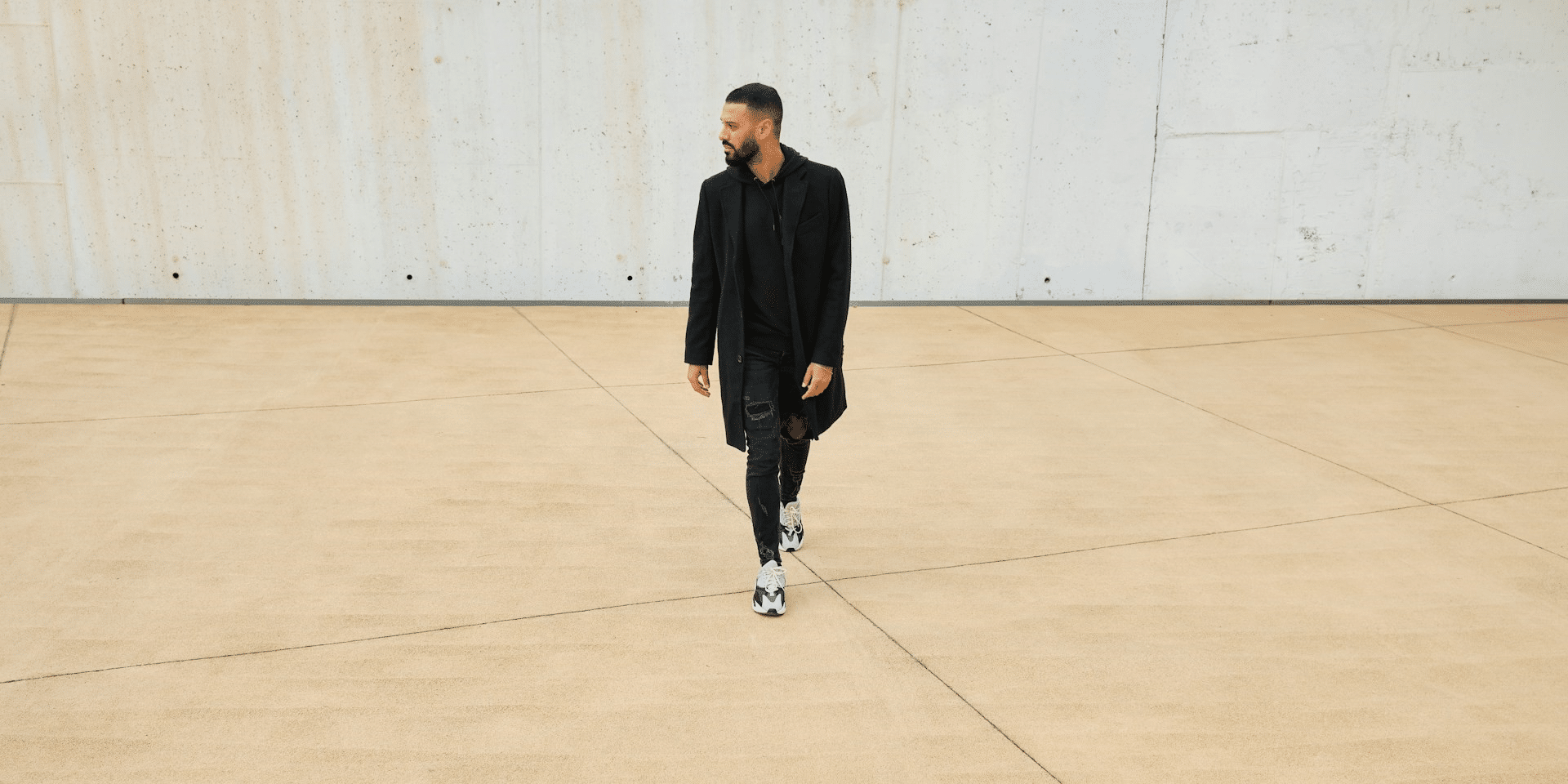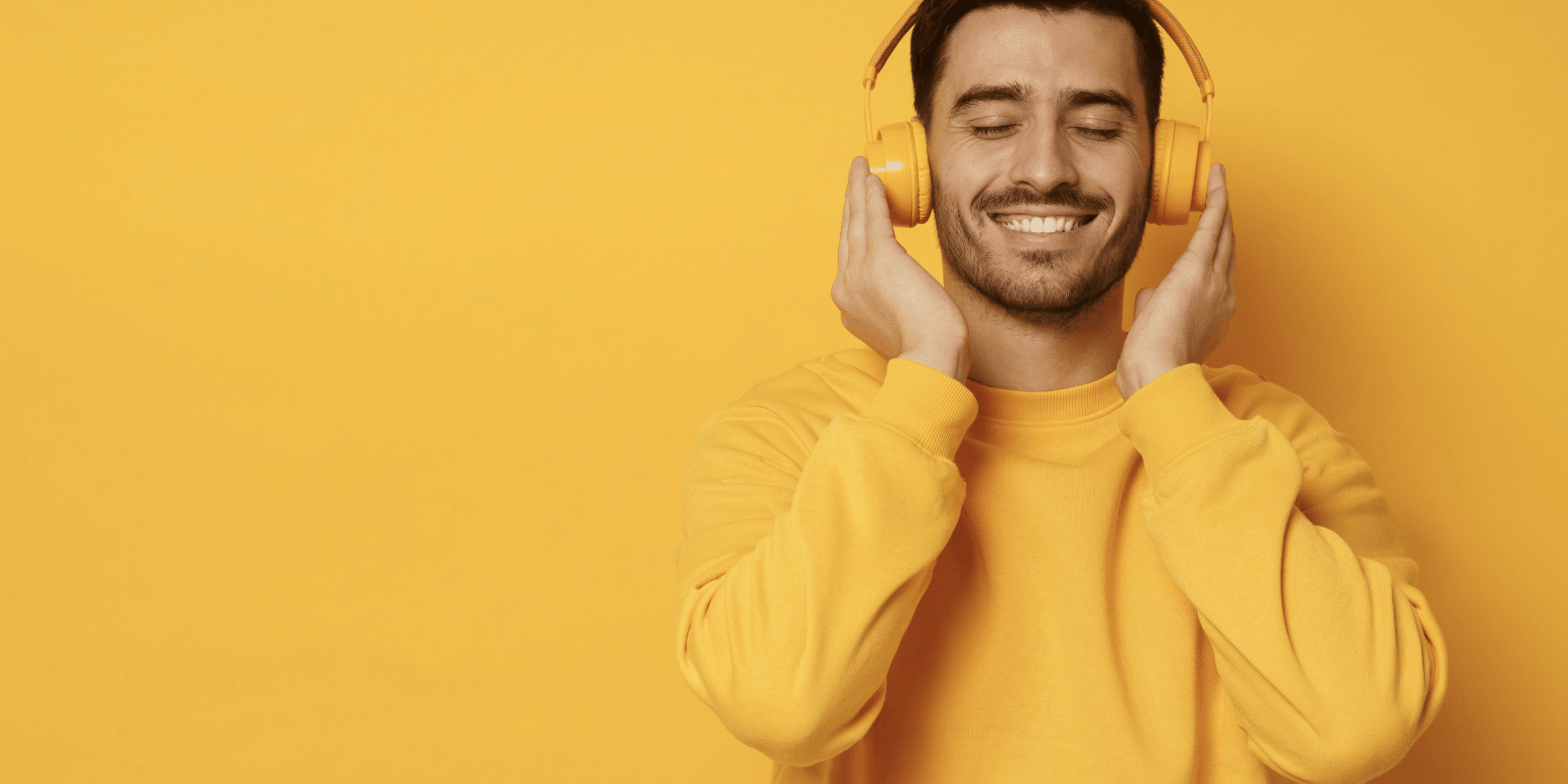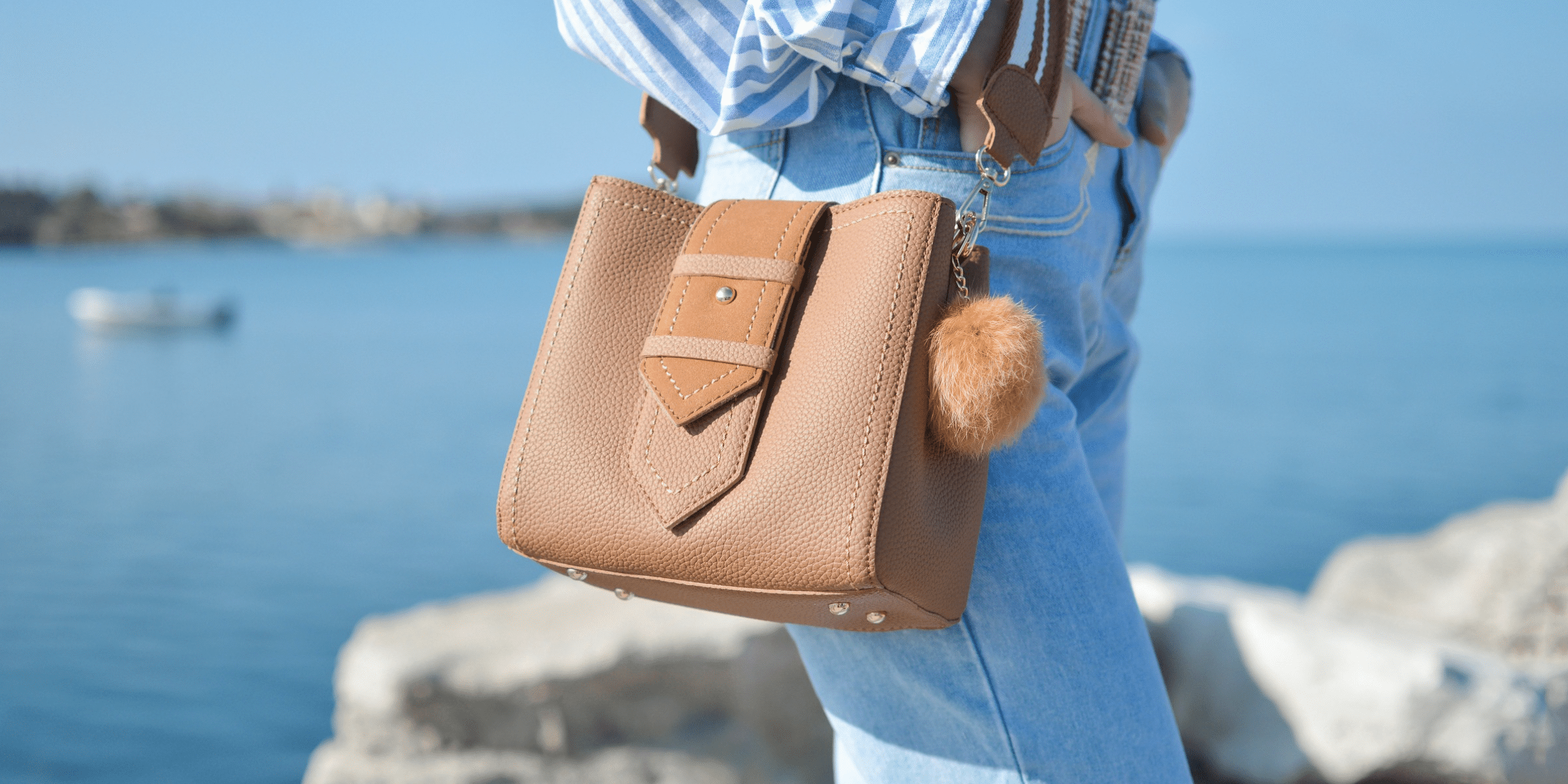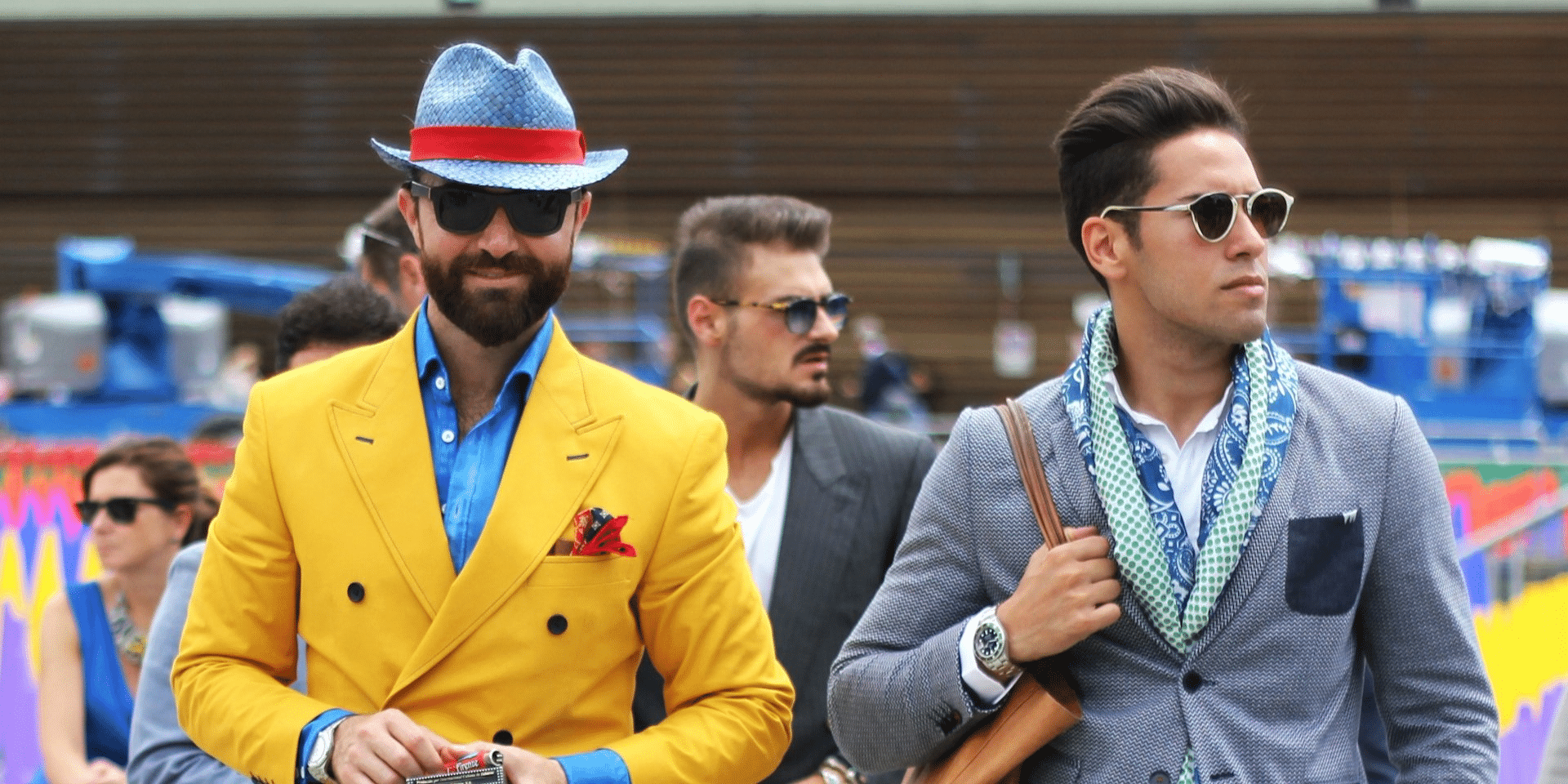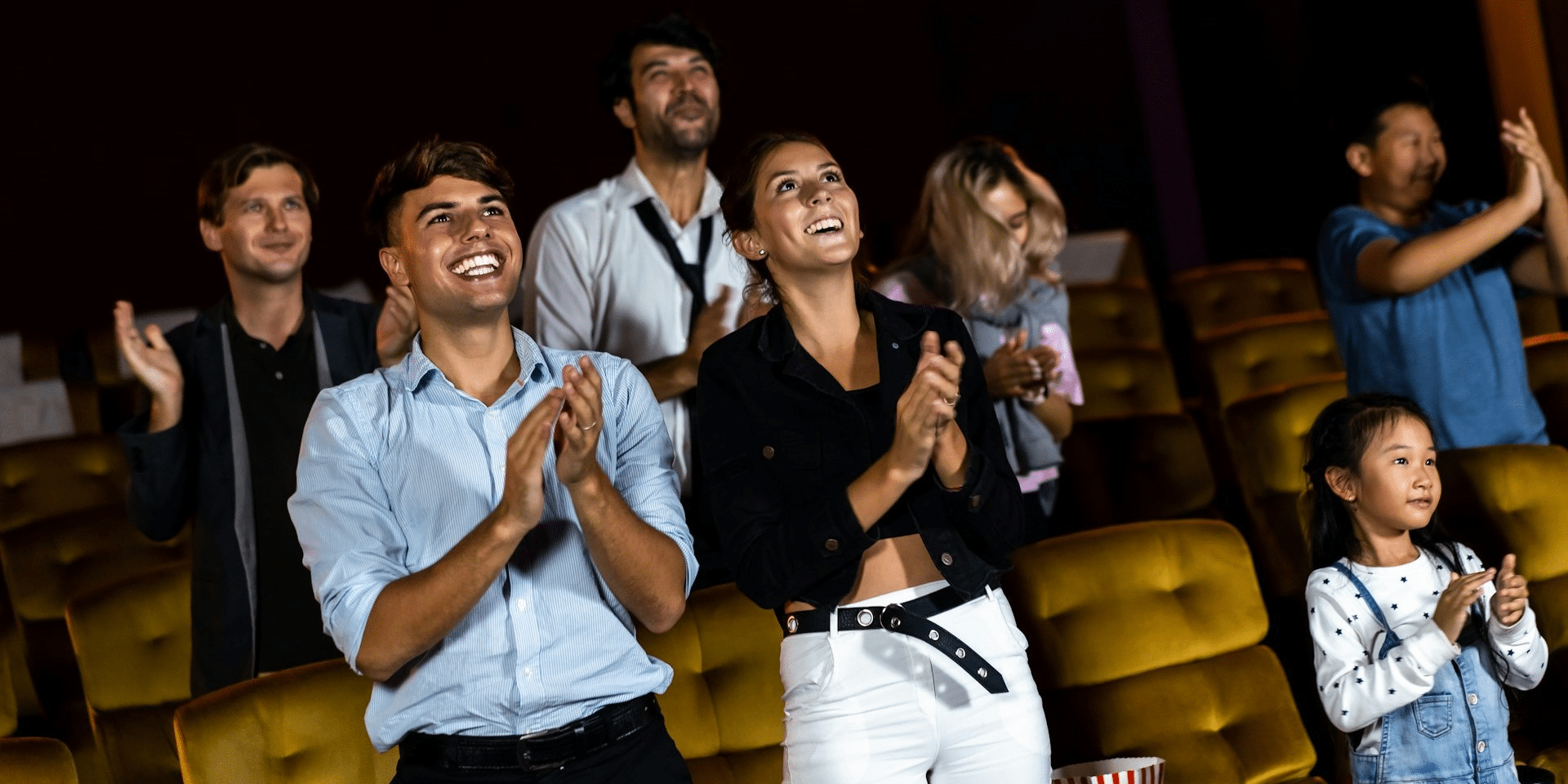In the world of fashion, trends evolve and blend across different cultures and subcultures. What started as functional footwear for athletes has transformed into a statement piece, worn by fashionistas, street style stars, and even high-end designers. This evolution of running shoes from athletic wear to everyday fashion staples represents a fusion of performance, comfort, and style. But how did running shoes become the coveted fashion piece they are today? Let’s explore this journey.
The Origins of Running Shoes: A Practical Necessity
Running shoes, as we know them, trace their origins to the early 20th century when footwear manufacturers began designing shoes specifically for athletic activities. In the late 1800s, rubber soles started appearing on shoes, providing much-needed grip and comfort for runners. However, it wasn’t until the 1960s that running shoes began to take on the distinct characteristics we associate with them today: lightweight construction, shock absorption, and a focus on performance.
Brands like Nike, Adidas, and Puma began creating specialized footwear for runners, focusing on enhancing performance and reducing the risk of injury. During this time, these shoes were still seen exclusively as sports gear, used by competitive athletes or fitness enthusiasts. But little did anyone know, this utilitarian product was poised to enter the world of fashion.
The Rise of Sneaker Culture: From Athletes to Youth Icons
The 1980s marked a pivotal point in the relationship between running shoes and pop culture. As hip-hop culture emerged and athletic wear began to be embraced as everyday clothing, sneakers (including running shoes) evolved into an important part of youth culture. Icons like Run-D.M.C. and Michael Jordan started sporting popular sneaker brands, particularly Adidas and Nike, turning sneakers into a symbol of status and identity.
At the same time, the rise of urban street style and skate culture made sneakers an essential part of the everyday wardrobe for young people. Running shoes were no longer reserved for the track or gym—they became a versatile piece that could be paired with anything, from baggy jeans to oversized jackets. Sneaker companies recognized this shift and capitalized on it by aligning themselves with the growing culture of cool.
The Sneakerheads: A New Subculture Takes Over
In the 1990s and early 2000s, a new generation of sneaker enthusiasts, or “sneakerheads,” emerged. These individuals were more than just casual buyers of shoes—they became passionate collectors and connoisseurs of rare, limited-edition sneakers. The phenomenon of sneaker culture became more formalized, with sneaker releases being highly anticipated events. Brands like Nike, Adidas, and Reebok began collaborating with artists, designers, and celebrities, creating limited-run shoes that would become highly coveted items.
Sneakerheads not only collected shoes for their functionality but for their cultural value. The idea of exclusivity and scarcity added to the allure, and owning a pair of rare running shoes became a badge of honor. High-profile collaborations with brands like Kanye West’s Yeezy collection for Adidas and the Air Jordan series from Nike helped solidify the status of running shoes as a must-have fashion accessory.
High Fashion Embraces Running Shoes: The Luxury Sneakers Movement
By the late 2000s and early 2010s, running shoes had fully entered the high-fashion realm. Designers like Virgil Abloh, Raf Simons, and Demna Gvasalia of Balenciaga began incorporating athletic-inspired footwear into their runway shows. This was a game-changer, as it blurred the lines between luxury fashion and sportswear. High-end brands began releasing their own versions of running shoes, adding designer flair to the practical and humble running shoe.
For example, Balenciaga’s “Triple S” sneaker, which combined bulky soles and a throwback design, became one of the most recognizable luxury sneakers in the world. The sneaker quickly became a status symbol and helped propel the trend of oversized, “ugly” sneakers, which are now a staple in the fashion world. As high fashion embraced sneakers, it also meant that running shoes were no longer seen as just athletic gear—they were now synonymous with style and luxury.
The Athleisure Movement: Running Shoes as Everyday Wear
The concept of “athleisure” played a major role in propelling running shoes into the everyday wardrobe. Athleisure is the blending of athletic wear with casual clothing, creating a style that prioritizes both comfort and fashion. As fitness culture began to influence lifestyle choices, running shoes became an essential part of athleisure, with people wearing them not only for exercise but as a part of their everyday outfits.
Celebrities like Gigi Hadid, Kendall Jenner, and Beyoncé were frequently photographed sporting stylish sneakers with casual outfits, further cementing the trend. The success of brands like Lululemon, Gymshark, and Nike, which offer a blend of performance gear and stylish apparel, shows that running shoes are no longer confined to the track—they are now a chic, go-to option for both casual and semi-formal looks.
Running shoes became a natural fit within this trend because they offered both comfort and versatility. Whether paired with leggings, jeans, or even dresses, sneakers have become a statement piece in the modern wardrobe.
The Future of Running Shoes as Fashion
Looking ahead, running shoes are likely to continue evolving as fashion staples. As brands continue to experiment with new materials, technology, and design, we may see running shoes further push the boundaries of style and functionality. Innovations in comfort and sustainability are becoming increasingly important, with brands like Allbirds and Veja creating shoes that are both eco-friendly and stylish.
In addition to technological advancements, collaborations between sneaker brands and high-fashion designers are set to continue. These collaborations keep sneakers at the forefront of the fashion world, with each new release becoming an event in and of itself.
Running Shoes as the Ultimate Fashion Chameleon
From their humble beginnings as utilitarian gear to their current status as fashion icons, running shoes have undergone a remarkable transformation. They have transcended their original purpose to become symbols of self-expression, luxury, and style. Today, running shoes are as likely to be seen on a fashion runway as they are on the streets or in the gym, a testament to their evolution into a timeless fashion staple.
The rise of sneaker culture, the collaboration between athletic brands and high fashion, and the increasing influence of athleisure on daily life have all contributed to running shoes becoming a central piece of modern fashion. Whether it’s a limited-edition release or a comfortable, everyday pair, running shoes have proven to be more than just footwear—they are an essential part of how we define style in the 21st century.

